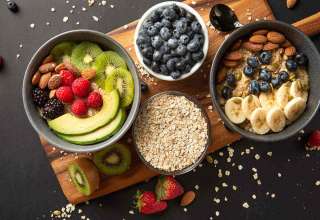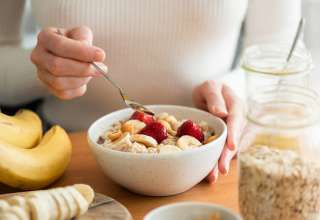You have probably heard a good deal about the ketosis diet. What is it and what are its advantages? First of all, what is ketosis? Ketosis is a condition where the body uses up more sugar than it usually does in order to provide the body with energy.

A keto diet, also called a ketosis diet, is a special eating plan which focuses on certain foods which provide high amounts of energy, good sources of proteins, and relatively low amounts of carbohydrates. The objective is to obtain more energy from ketones than from carbohydrates. Ketones can be derived from the liver, lungs, muscles, or other cells. When your body burns ketones, it will naturally result in significant weight loss.
In this article, we will focus our attention exclusively on the ketogenic diet and epilepsy. As mentioned above, ketosis is a natural condition that occurs when your body burns off ketones instead of carbohydrates, which provide the body with the energy it needs. It is this reason that epilepsy has been linked to ketosis. A keto diet can be extremely beneficial for those who suffer from epilepsy. In addition to helping to reduce seizures and improve the quality of life of those who suffer from epilepsy, a ketogenic diet can also be beneficial to those with type II diabetes. The ketones created by the liver and lungs are used to provide the energy needed to perform certain body functions such as metabolizing glucose, thus reducing the risk of heart disease.
So how can you tell if you have to diet symptoms? On the rare occasion that someone does not experience keto diet symptoms, they are probably still experiencing true “normal” low blood sugar levels. Symptoms to look out for are: fatigue, dehydration, dizziness, low energy, frequent urination, dark urine, dry skin and nails, irritability and headaches. On the flip side of the coin, if someone is experiencing these symptoms, chances are good that their ketone levels are dangerously low. If you suspect that you may have ketones in your body, the best place to start is by having your blood drawn. A blood test can quickly determine whether or not your ketones are causing problems.
Another thing to consider about the keto diet is that it can be helpful in reducing or eliminating certain types of carbohydrates that are high in sugar and starch. For instance, vegetables and some fruits are generally higher in sugar than other more common sources of carbohydrates like white rice and bread. This means that you should limit your intake of vegetables like broccoli, cauliflower, cabbage, kale, cabbage, and squash. Instead, you should eat more healthy carbohydrates like whole-grain breads and cereals. When it comes to fruits and vegetables, the rule of thumb is that you should get as much fruit as you can, while maintaining the same number of servings of other carbohydrates such as potatoes, brown rice, and whole-grain breads. By doing this, you can still get plenty of nutrition without adding excess sugar to your diet.
You will also want to eat more protein when you are on the keto diet. Many people mistakenly think that vegetables are a great source of protein. While they certainly do contain plenty of protein, you should limit your intake of them to only a few servings a day and focus your protein consumption on lean meats like chicken and turkey. Lean meats are typically higher in amino acids and can provide a number of vitamins and minerals that you may otherwise be getting from other sources. Nuts are another great source of natural, unsaturated fats. While nuts are not as oily as some other types of oils, they can still be used liberally in your diet and are highly nutritious and good for you.












